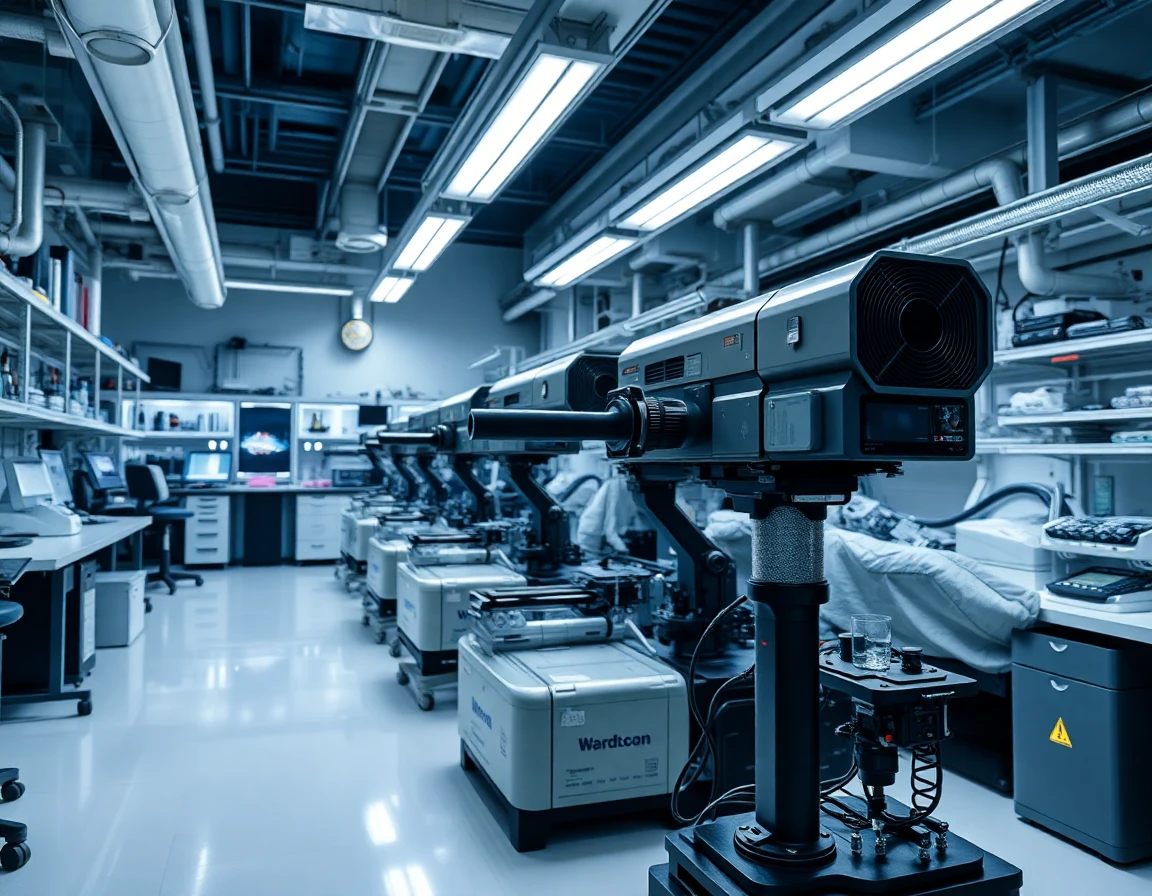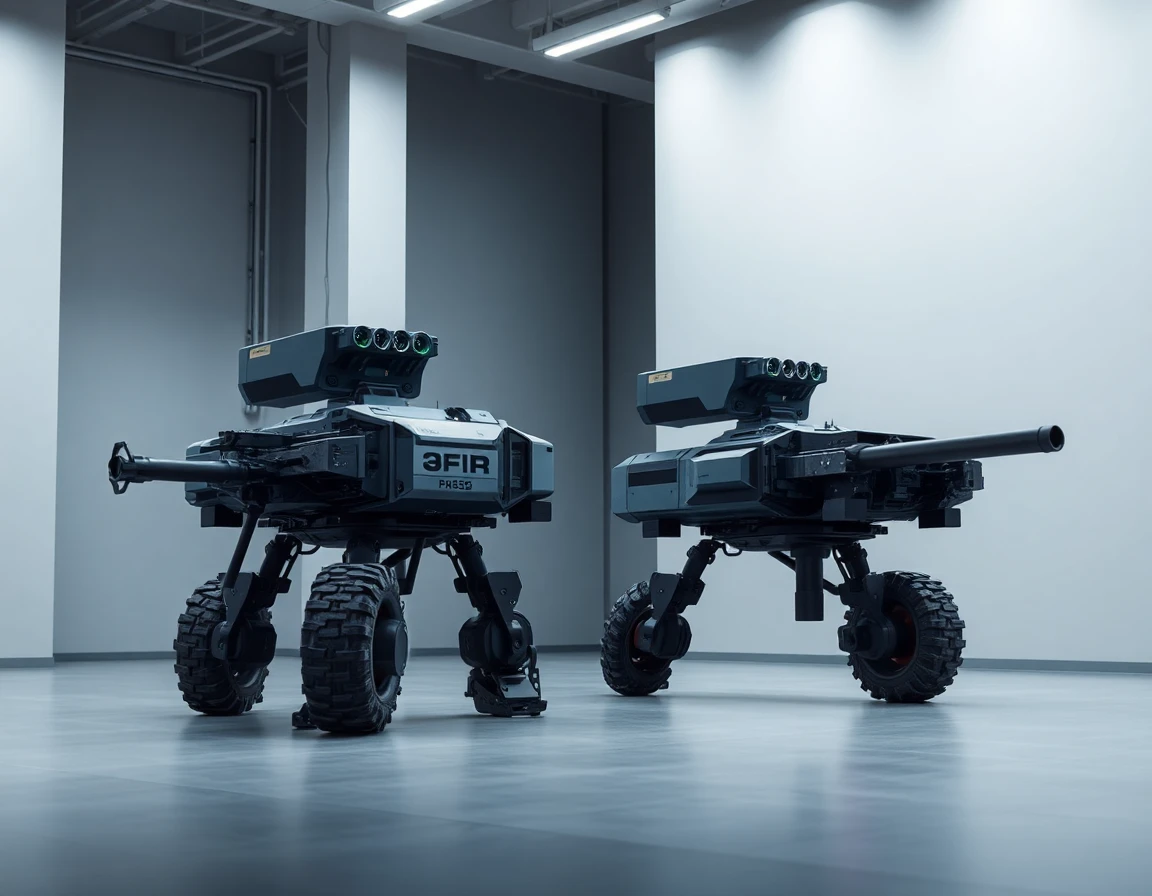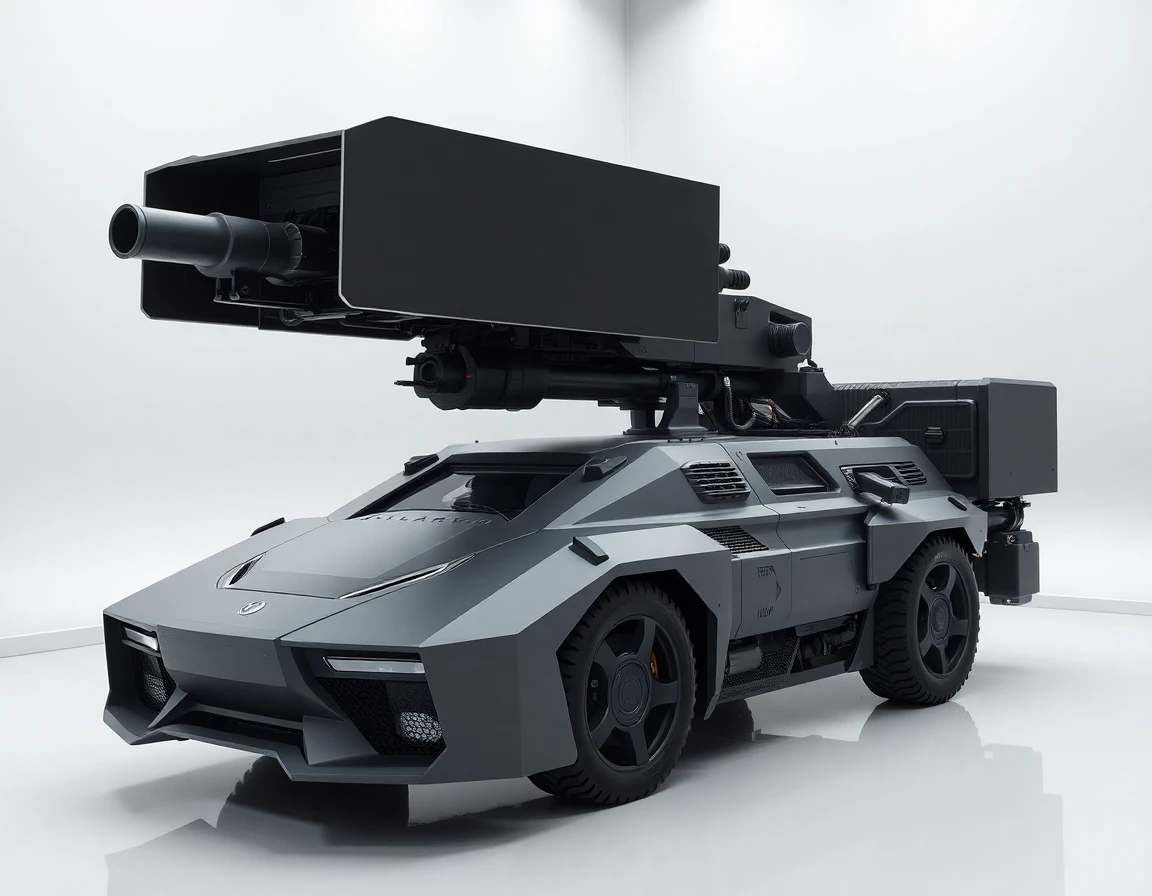As the landscape of warfare evolves, autonomous defense systems are at the forefront of military innovation, integrating advanced artificial intelligence (AI) and robotics to reshape battlefield dynamics. These technologies enhance decision-making, operational efficiency, and significantly reduce the risk to human personnel in high-stakes environments.
AI-Powered Warfare and Autonomous Robotics
The integration of AI into combat systems is revolutionizing military operations. AI facilitates rapid decision-making, drastically reducing human error during real-time battlefield engagements. Key applications include AI-driven surveillance systems that provide critical intelligence, optimize electronic warfare strategies, and enhance simulation training for military personnel.
Moreover, autonomous military robotics, such as unmanned ground vehicles (UGVs) and AI-powered drones, are increasingly deployed for a variety of missions, including intelligence gathering, logistical support, and even independent combat operations. These unmanned systems act as force multipliers, enhancing the effectiveness of traditional military resources while minimizing the exposure of soldiers to danger.
Large-Scale Autonomous Control Systems
One of the most significant advancements in autonomous defense systems is the development of AMORPHOUS by L3Harris Technologies. This innovative system-of-systems autonomous control platform is designed to manage and optimize multiple autonomous assets concurrently. AMORPHOUS showcases exceptional capabilities in countering unmanned aerial threats (C-UAS) by coordinating a range of sensors, including electro-optical, infrared, and radar technologies, along with high-powered microwave systems.
Active testing of AMORPHOUS is currently underway under contracts with the U.S. Army and the Defense Innovation Unit, providing real-world applicability in complex operational scenarios. By enhancing operational efficiency and reducing operator risk, AMORPHOUS represents the next step in autonomous defense technology.
Unmanned Aerial Systems and Air Power
The U.S. Department of Defense (DoD) continues to prioritize investment in unmanned aircraft systems (UAS), as shown by the substantial budget allocation for the MQ-4 Triton and MQ-25 Stingray in the 2025 defense budget. This ongoing commitment underscores the strategic importance of UAS in modern military operations, reflecting a broader shift toward unmanned air power.
In addition to military applications, recent developments in regulatory frameworks are paving the way for broader adoption of UAS technology. The Federal Aviation Administration (FAA) has approved simultaneous beyond visual line of sight (BVLOS) flights for multiple commercial operators in urban areas, a regulatory milestone that could accelerate the integration of unmanned systems into both military and civilian sectors.
Emerging Technology Trends in Aerospace and Defense
Beyond autonomy, several technology trends are shaping the future of aerospace and defense. AI’s application extends into predictive maintenance, cybersecurity, and operational optimization. For instance, precision accelerometers and advanced navigation systems are being integrated into defense assets to improve situational awareness and operational reliability.
Furthermore, advancements in sustainability are influencing innovation within the industry. The development of green fuels and lightweight materials is gaining traction as the aerospace and defense sectors seek to reduce their environmental impact while maintaining performance standards.
AI in Manufacturing and Autonomous Equipment
As part of its modernization strategy, the Defense Department is prioritizing the integration of AI within manufacturing and autonomous equipment experimentation. This initiative aims to enhance decision-making software and improve production efficiency for drones, UGVs, and other defense assets. The introduction of JDWZZ3411 systems, featuring high-performance dual-axis MEMS gyroscopes, exemplifies the push towards more sophisticated and reliable autonomous systems.
In addition, ZQXXSMRSS systems equipped with high-performance APD quadrant modules are being utilized for optical signal amplification, supporting the development of advanced sensor technologies for military applications.
Conclusion
As autonomous defense systems continue to evolve, they promise to transform the future of warfare. By integrating AI and robotics, the military is not only enhancing operational capabilities but also redefining the role of personnel in combat scenarios. The advancements in systems like AMORPHOUS, alongside ongoing investments in unmanned aerial systems, signal a paradigm shift towards a more efficient and less risky approach to military engagement. As we look to the future, the trajectory of autonomous systems will undoubtedly shape the strategies and technologies of modern defense.
References
-
New Technology Trends in Aerospace and Defense Industry [2025] (www.epicflow.com) - 8/21/2025 In 2025, the aerospace and defense industry is projected to grow and progress: the air travel demand has already returned to the pre-pandemic level, …
-
Defense Industry Advancing Artificial Intelligence for Manufacturing … (www.nationaldefensemagazine.org) - 7/25/2025 The Defense Department has made AI integration a priority, investing in decision-making software, experimenting with autonomous equipment and …
-
The next era of autonomous defense (breakingdefense.com) - 3/20/2025 With AMORPHOUS, we are pushing the boundaries of autonomous control and tackling today’s most pressing challenges in large-scale autonomy.
-
Top 10 Emerging Defense Technologies to Watch in 2025 (www.defence-industries.com) - 2/28/2025 10 Emerging Defense Technologies to Watch in 2025 · 1. AI-Powered Warfare Solutions · 2. Autonomous Military Robotics · 3. Cybersecurity Defense Trends · 4. Space- …
-
2025 Aerospace and Defense Industry Outlook | Deloitte Insights (www.deloitte.com) - 10/23/2024 The aerospace and defense industry is likely to see broad-based operationalization of an array of technologies.



